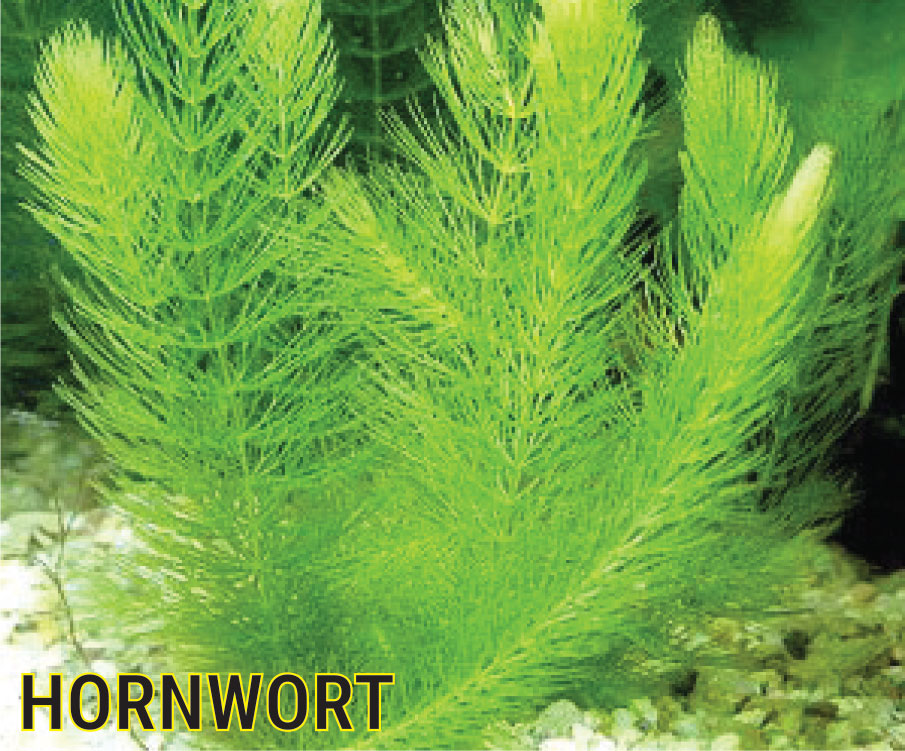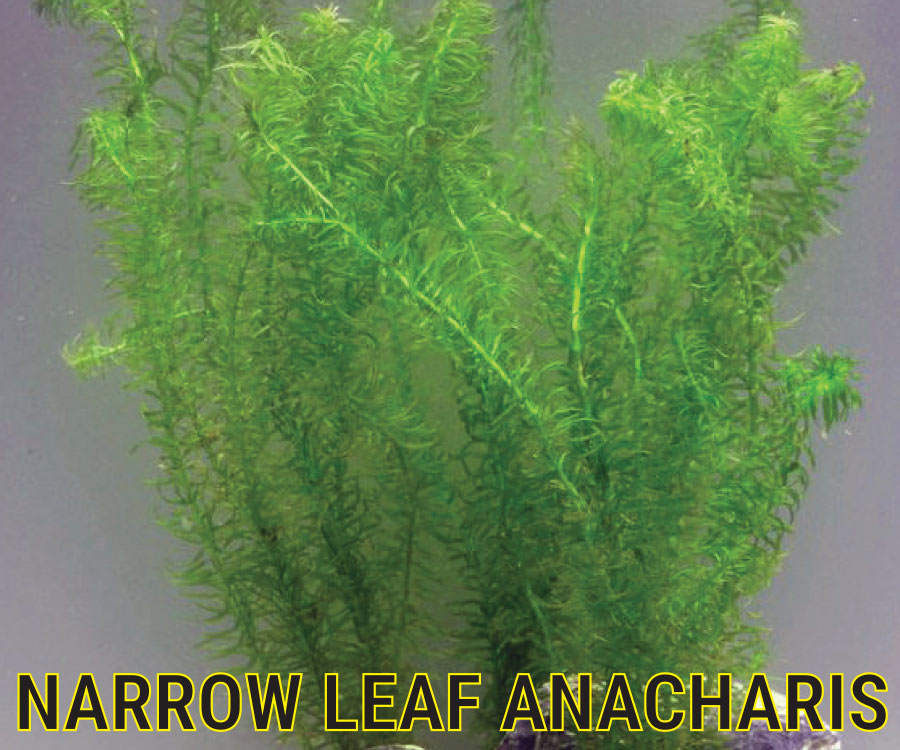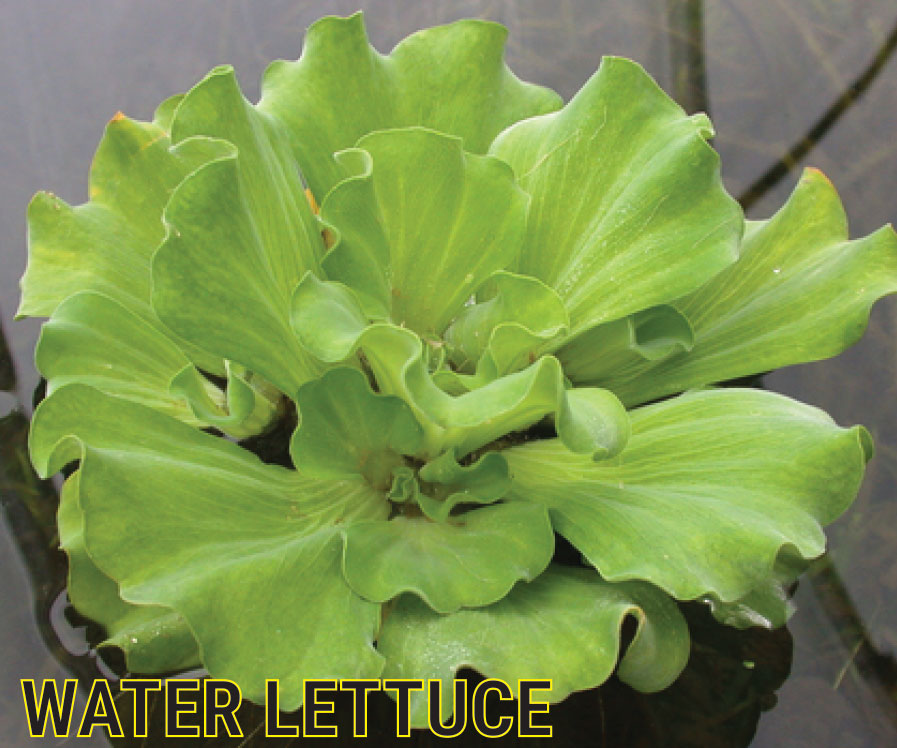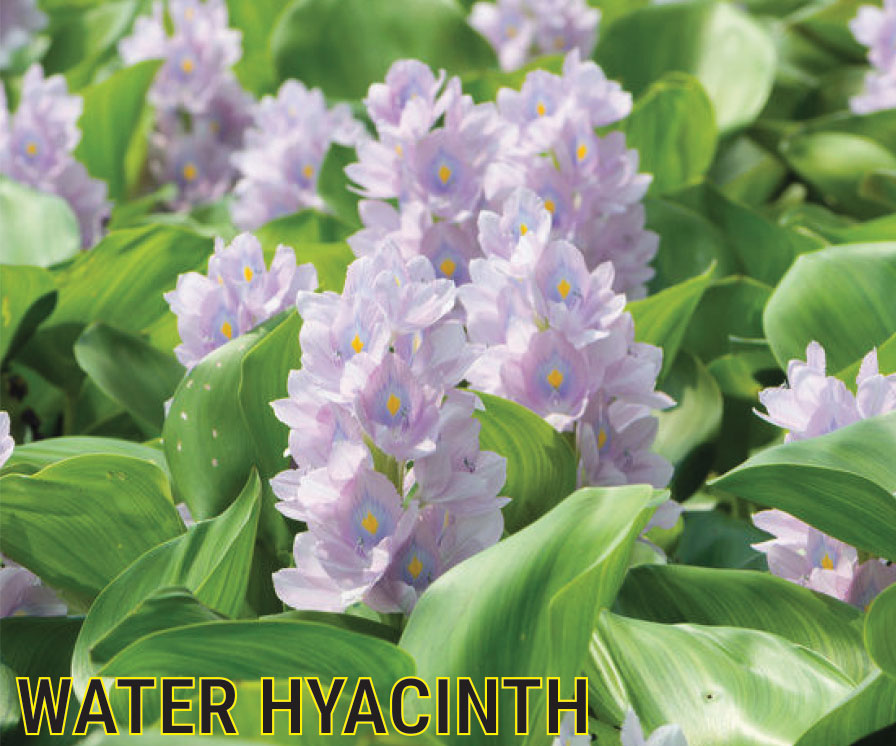Floating & Submerged Pond Plants
When it comes to ponds, plants play such a huge and important role in creating a balanced ecosystem. Two important types of plants are submerged and floating plants.
Submerged Plants:
Submerged Plants, like Hornwort (Ceratophyllum demerusum) & Narrow Leaf Anacharis (Egeria najas), are non-rooting oxygenating plants that grow below the surface of your pond. Both help with naturally filtering your pond water to combat algae by absorbing the nutrients that algae need to grow. In other words, they help to prevent the “pea soup” green water.
1.) Hornwort: Likes sun to part shade and can get up to a height of 24”. They are hardy in zone 4 and should be anchored to the bottom of your pond. Its leaves are packed tight in whorls that form plumes at the end.
2.) Narrow Leaf Anacharis: Likes sun to part shade and can get up to a height of 24”. They are hardy in zones 5/6 and should be anchored to the bottom of your pond. Its bunched, thin stems have small, bright green foliage.
We recommend one bunch/plant, of submerged plants, per 2 square foot of surface area.


Floating Plants:
Floating plants, like Water Lettuce (Eichornia crassipes) & Water Hyacinth (Pistia stratiotes), float on the surface of your water while its roots hang down, submersed in the water. Both help in providing shelter for your fish and also absorb excess nutrients that algae needs to grow, therefor preventing massive algae blooms!
1.) Water Lettuce: Tolerates shade and gets to be about 2-6” tall. Its pale, velvety, blue-green leaves can get around 5 inches long. It is hardy in zones 9-11.
2.) Water Hyacinth: A sun lover that gets about 4-16” tall. Its waxy, green leaves are air filled and it even gets beautiful purple flower blossoms. It is hardy in zones 9-11.
We recommend one floater per 10-15 square foot of surface area.


**Keep in mind, Floating Plants are sensitive to cold temperatures. Before you put them in your pond, make sure your water temperature is 65 degrees or warmer (and going to stay that way).
